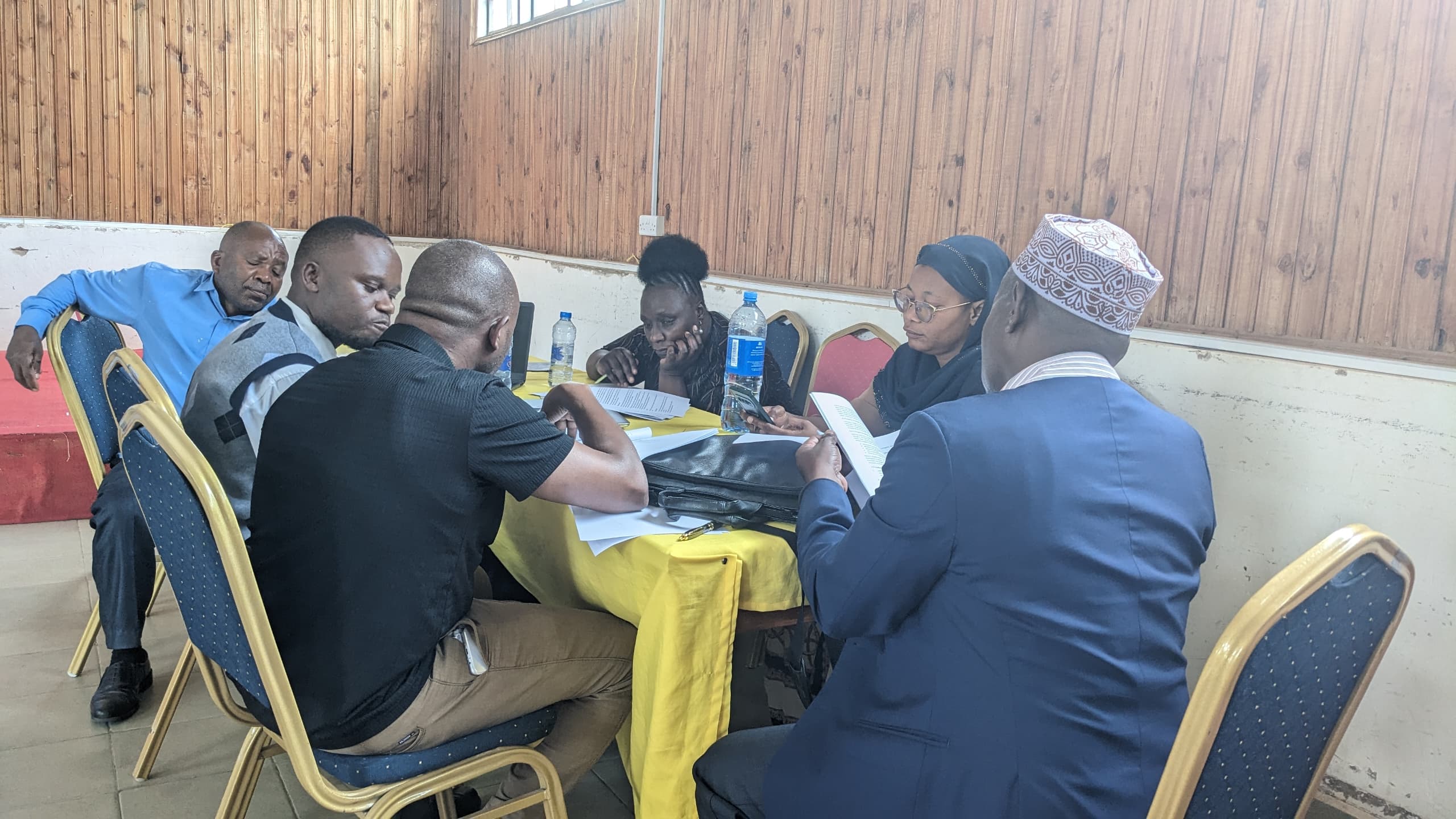Our modular drones are designed for accessibility, adaptability, and sustainability. Initially crafted using wooden components with fewer than six screws and zip ties, they are simple to assemble, repair, and replicate using local materials, empowering communities to lead restoration projects independently.
As we’ve advanced, we’ve integrated hydrogen fuel cells and hybrid-electric propulsion systems, enhancing flight endurance, energy efficiency, and environmental sustainability. These innovations enable drones to cover larger areas and operate in remote environments while reducing their carbon footprint.
The modular design ensures flexibility for continuous adaptation, allowing communities to upgrade drones with tools like cameras or sensors for monitoring. This approach combines simplicity and cutting-edge innovation, bridging grassroots empowerment with scalable, impactful environmental restoration.
